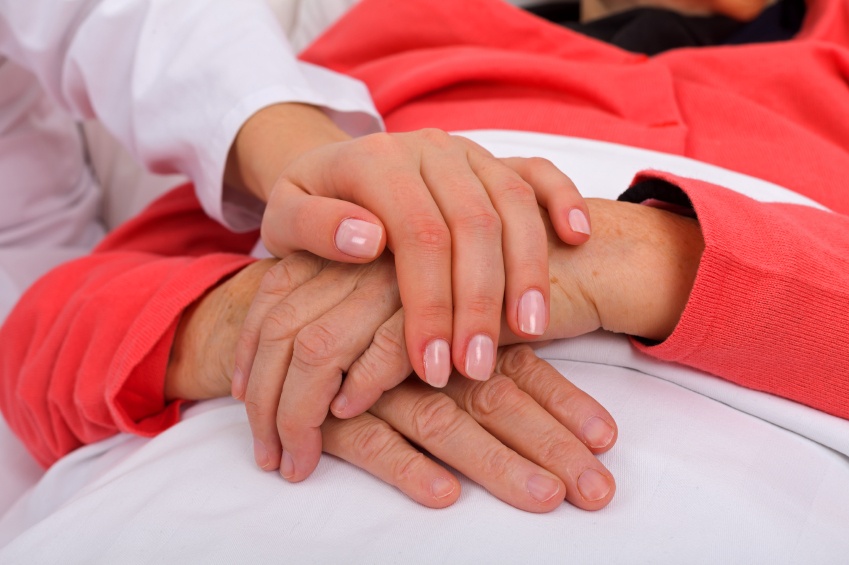Hospitals work very hard to ensure the safety of patients while they are in their medical facility. But an equally large concern is what happens to patients after they are discharged. While healthcare professionals agree that the best place for patients to heal is in their own homes, not every patient has the support team and ability to manage their post-hospital care satisfactorily—the focus of my recent blog for Hospital Impact.
Did you know that (depending on the diagnosis) between 17 and 23 percent of Medicare patients have to be readmitted within 30 days of their discharge? This is according to research from the Kaiser Family Foundation. Of course, sometimes hospital readmission is necessary. But in many cases, experts say, the problems could have been prevented.
Can patients stay safe and stay out of the hospital once they’re home?
To find answers to this question, we at Simon Associates Management Associates conducted research on patient safety from an anthropological point of view, observing and talking with patients and the people involved in their post-discharge care. Here is a synopsis of what we found; for the complete story, please read my Hospital Impact article.
1. Patient education must begin early, continue post-discharge and be comprehensive and practical
One of the reasons for the high number of hospital readmissions is that the system “too often leaves discharged patients to their own devices, unable to follow instructions they didn’t understand,” according to an analysis from the Robert Wood Johnson Foundation.
Fortunately, there are guides to help patients and their at-home avoid this situation. The Centers for Medicare & Medicaid Services (CMS) offers a Post-Discharge Tool that can help patients stay safe. Patients fill in the information with the help of their doctor or nurse before they leave the hospital. The tool can then be displayed at home where everyone can see it and use it as a checklist to ensure daily activity adheres to the necessary care.
The National Patient Safety Foundation also has a useful educational pamphlet in the form of a checklist that can help patients and their caretakers stay on top of the steps they’ll need to take to get well.
2. Relationships rule
One often-overlooked key to safety is making sure that the patient has an open and caring relationship with his or her caretaking team. Staying connected—through face-to-face follow-up or modern communication technologies—is essential. Patients may feel confused, overwhelmed, anxious or weak, especially during the first few days at home. They may not even know what questions to ask.
3. Caregivers need training and support
Home care nurses do more than just care for patients. As the National Association for Home Care & Hospice Nurses points out, “they also teach patients to care for themselves, and this isn’t always easy.” There may be cultural or language barriers that make communication hard. Nurses may have to educate family members, and this takes time and trust.
Older patients are the most at risk post-discharge
“Poor transitional care is a huge, huge issue for everybody, but especially for older people with complex needs,” Alicia Arbaje, an assistant professor at the Johns Hopkins School of Medicine in Baltimore, told Kaiser Health News. “The most risky transition is from hospital to home with the additional need for home care services, and that’s the one we know the least about.”
Clearly, there is much more to be done to make this “risky transition” from hospital to home safer, less stressful and less likely to send ex-patients back to the hospital. Stay tuned.
Could your business use a little anthropology?
SAMC’s anthropological research into the causes of hospital re-admissions produced several important insights that hopefully could lead to changes in hospitals’ patient discharge protocols. How could similar research help your business, revealing problems, solutions and possibilities for growth? Give us a call for a complimentary consultation.
Better yet, buy my new book and read all about how “a little anthropology” has worked for our clients.
Andi Simon, Ph.D.
Corporate Anthropologist | Blue Ocean Strategist
President, Simon Associates Management Consultants




